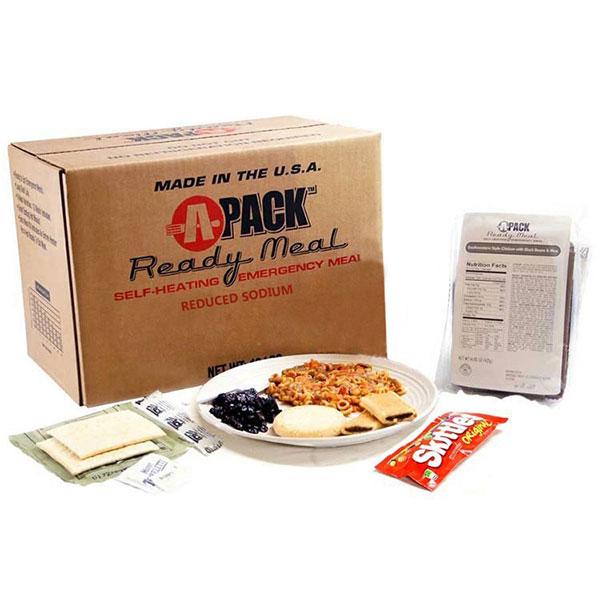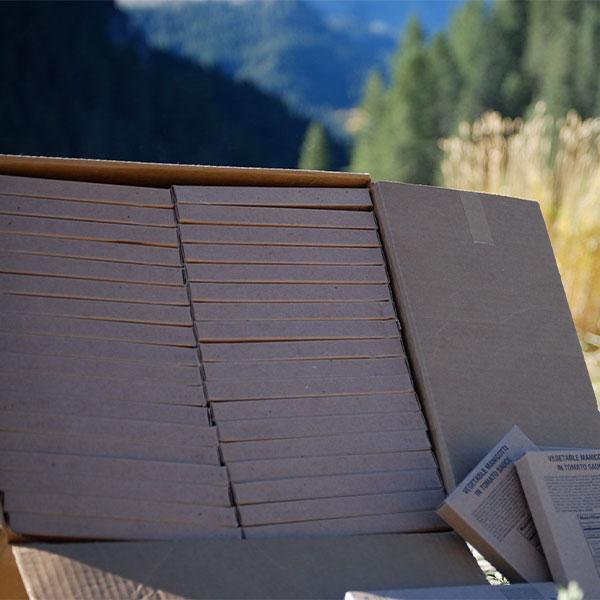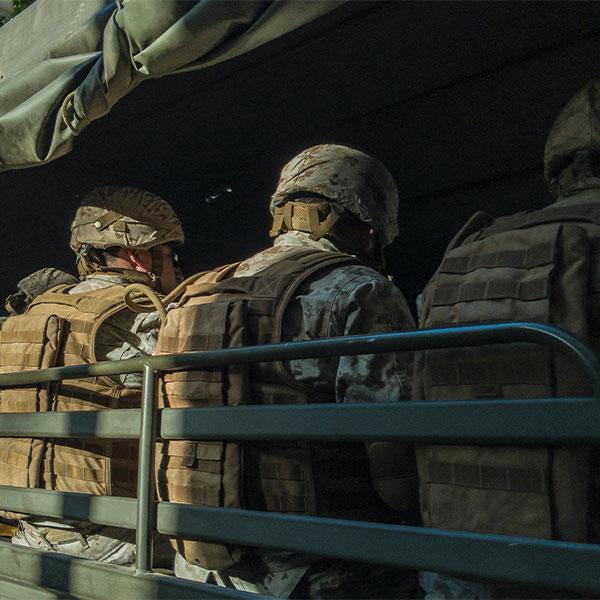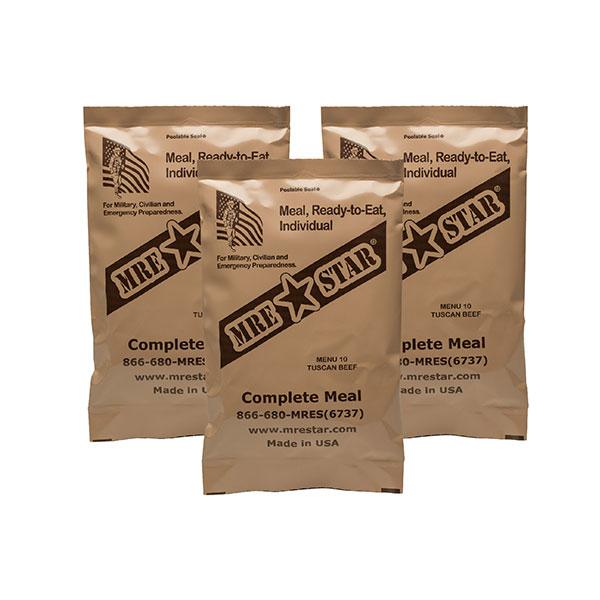When you think of food storage, bulky barrels and dried goods might come to mind. But Meals Ready-to-Eat (MREs) redefine the concept. Originally designed for the U.S. military, MREs are self-contained, lightweight meal packets that can be heated without a stove or fire. Packed with essential nutrients, an MRE provides approximately 1,250 calories per meal—ideal for high-energy needs in challenging conditions.
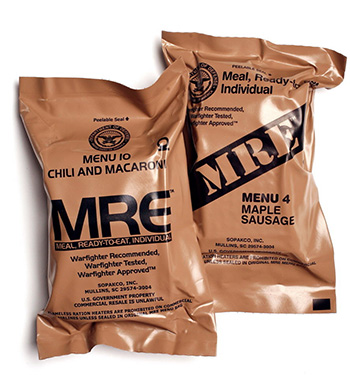
Brief History of MREs
MREs were developed as a solution for quick and efficient meals for soldiers in the field. They replaced the bulkier canned rations and Meal, Combat, Individual (MCI) rations. Introduced in 1986, MREs have since evolved to meet military and civilian needs. Civilian interest spiked around Y2K and after Hurricane Katrina in 2005, leading to higher-quality and widely available options.
For more on their history, check out our article, "The History of MREs."
How MREs Work
MREs use advanced food preservation technology and flameless heater pouches to provide warm, ready-to-eat meals with a shelf life of up to five years. These heaters use a water-activated system to safely and quickly warm meals, making them ideal for emergency and outdoor use.
Learn more in our article, "The Science Behind MREs."
Types of MREs
Today’s MREs come in various options to suit different tastes and needs:
- Individual Entrées: Choose from pasta, stews, vegetarian options, and more. Prices range from $2.50 to $5.50 per entrée.
- Snacks and Drinks: Enjoy cookies, pound cakes, nut mixes, and powdered beverages. Snacks are available individually or in bulk, priced between $2 and $4.
- Full Meals: A complete MRE includes an entrée, side dish, dessert, beverage mix, flameless heater, and essential accessories like utensils and gum.
Why Choose MREs?
MREs are perfect for camping, emergency preparedness, and on-the-go meals. Each packet offers balanced nutrition with a mix of proteins, fats, and carbohydrates, providing one-third of the daily recommended vitamins and minerals.
Share Your Experience
Have you used MREs before? What’s your favorite? Would you recommend them to others? Share your thoughts in the comments below!











